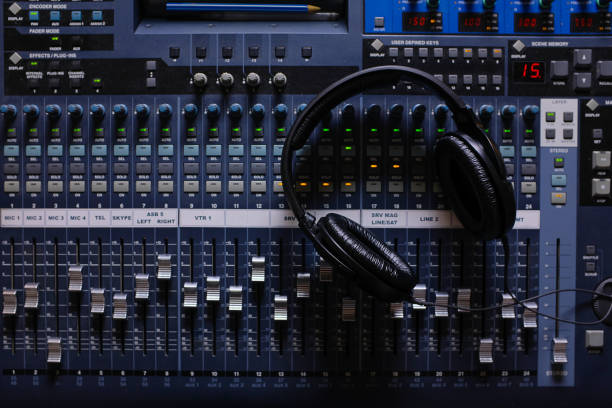Whether you’re producing hip hop, trap, R&B, pop, or drill, learning how to build a beat from the ground up is a fundamental skill that every producer needs.

In this guide, we’ll walk through a step-by-step process for making a beat from scratch, from choosing your sounds to arranging and mixing your track. This is ideal for beginners looking to create professional-quality beats at home.
Step 1: Choose your digital audio workstation (DAW)
To make a beat, you need a DAW—this is the software where you’ll create, arrange, and mix your music.
Popular DAWs in 2025 include:
- FL Studio – Great for beginners and trap/hip hop producers.
- Ableton Live – Excellent for electronic and experimental sounds.
- Logic Pro X – Preferred by many pop and R&B producers.
- Studio One, Cubase, and Cakewalk are also solid options.
Each DAW has different workflows, but the core concepts of beat making remain the same.
Step 2: Set your tempo and genre
Before you start laying down sounds, decide on the tempo and vibe of your beat. This helps guide your creative choices.
Here are some common BPM (beats per minute) ranges by genre:
- Trap: 130–150 BPM
- Drill: 140–145 BPM (with triplet hi-hats)
- Boom bap: 85–95 BPM
- Pop: 100–120 BPM
- Afrobeats: 90–110 BPM
- R&B: 70–90 BPM
Set your project tempo based on your desired style and mood.
Step 3: Start with the drums
Drums form the backbone of your beat. Start simple:
- Kick – Place on strong beats (usually 1 and 3).
- Snare or clap – Typically placed on beats 2 and 4.
- Hi-hats – Add rhythm and groove; experiment with 1/16th or triplet notes.
Use quality drum kits, or find royalty-free drum samples online. Layer your snares or kicks for more impact.
Pro tip: Use velocity and slight timing variations to make your drums sound less robotic.
Step 4: Create a melody
Now that your rhythm is set, it’s time to build a melody. You can:
- Play chords using virtual instruments (keys, pads, guitars).
- Use a MIDI keyboard or your computer keyboard.
- Drag in pre-made MIDI chord progressions or sample loops.
Try building melodies in minor keys for emotional or moody beats, or major keys for happier, upbeat vibes.
Good instruments for melodies include:
- Pianos
- Synth leads
- Pads and textures
- Guitars
- Bells or plucks
Step 5: Add bass or 808s
A strong baseline or 808 gives your beat its weight and groove. Here’s how to build one:
- Match your bass notes to the root notes of your chords.
- Use 808 samples for trap and drill.
- Use synth bass or sub bass for smoother genres like R&B or lo-fi.
Make sure the bass and kick don’t clash—side chain or EQ if needed.
Step 6: Arrange your beat
Once you’ve got a solid 4–8 bar loop, it’s time to turn it into a full song structure.
Typical beat arrangement structure:
- Intro (4–8 bars) – Simple melody or ambient sounds
- Verse (8–16 bars) – Stripped down drums and melody
- Chorus/Hook (8 bars) – Full energy, all elements playing
- Bridge or breakdown – A change in energy or instruments
- Outro – Fade out or a final chorus repeat
Use automation and FX (like risers, drops, filters) to add transitions and keep the energy dynamic.
Step 7: Mix your beat
A clean mix helps your beat sound professional. Key mixing tips:
- EQ – Cut unwanted frequencies and clean up muddiness.
- Compression – Control dynamics, especially on drums and bass.
- Panning – Spread sounds across the stereo field for width.
- Reverb and delay – Add depth and space to melodies and vocals.
- Volume balance – Ensure no one element is overpowering.
You don’t need a full mastering chain—just make sure nothing clips and your beat is balanced.
Tools and plugins to help you make beats from scratch
- Serum, Omnisphere, Keyscape – Premium VSTs for sound design.
- RC-20 Retro Color – Adds texture and vintage feel.
- Gross Beat / HalfTime – Popular for creative stutter and pitch effects.
- Splice, Looperman, Cymatics – Great for royalty-free samples and loops.
So, how do I make a beat from scratch? Start by choosing your DAW, setting a tempo, building strong drums, crafting a melody, and arranging your track into a song. With practice, patience, and creativity, anyone can become a beat maker and start producing original music from home.



